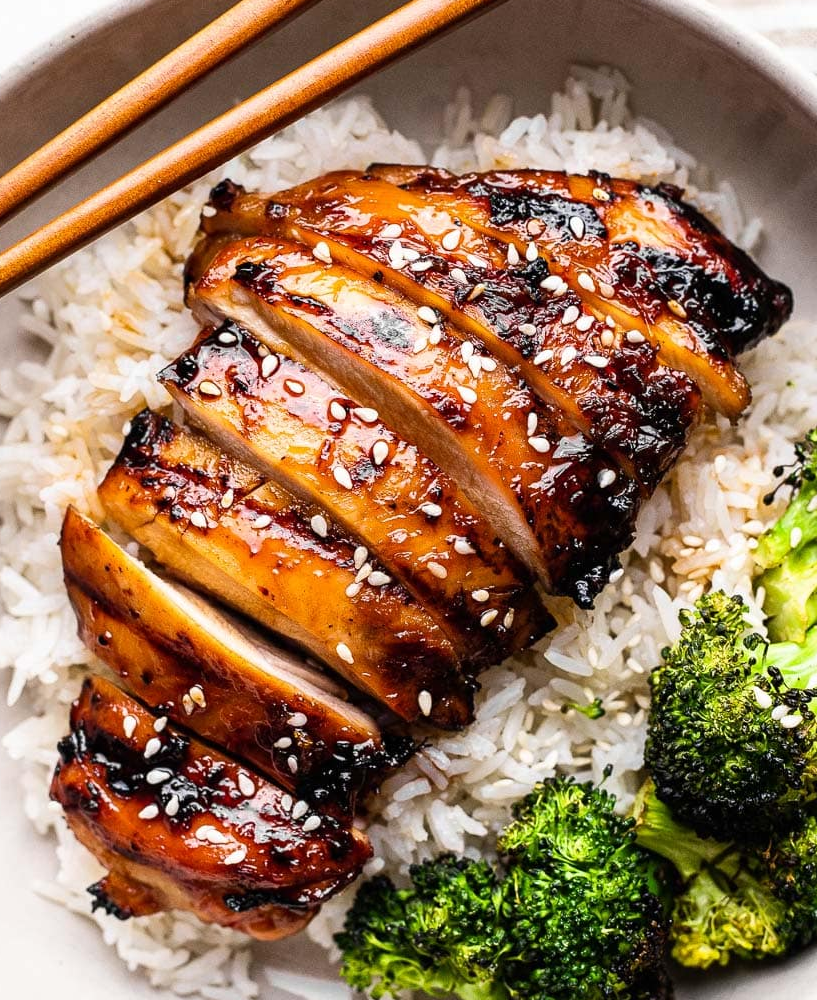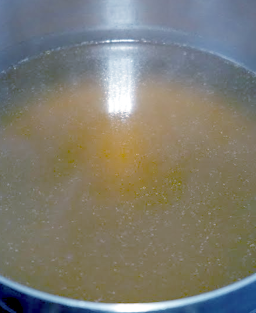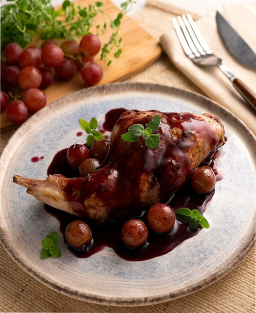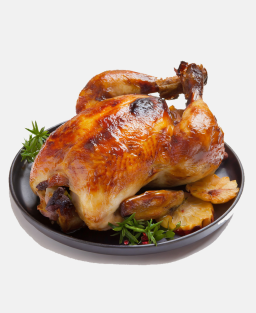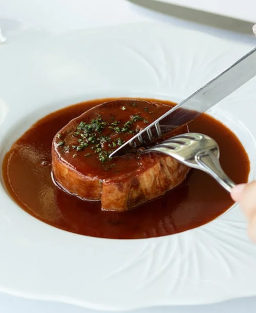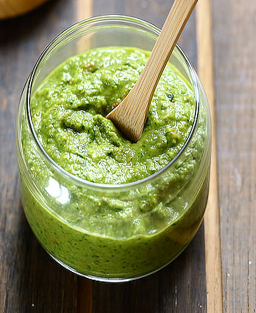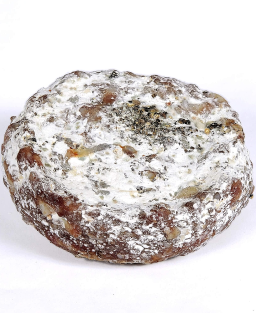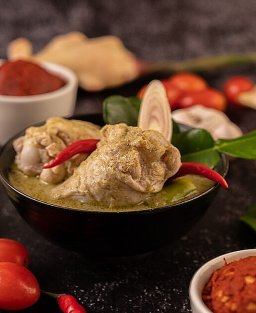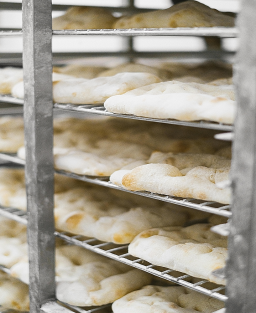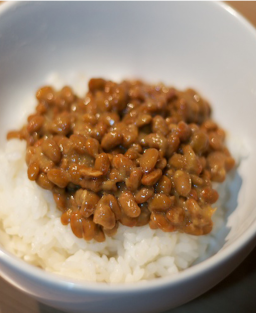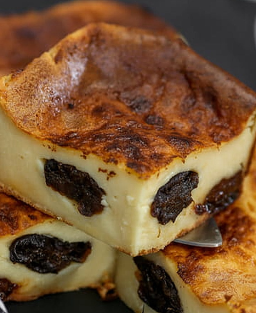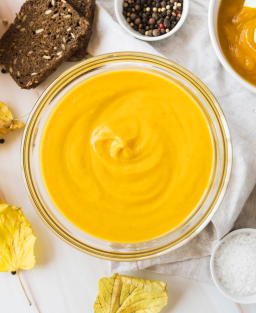- Out-of-Stock
Authentic and Refined Teriyaki Sauce with Dashi, Mirin, Sake, Kombu, and Sesame for Marinades and Grilling
Authentic and Refined Teriyaki Sauce with Dashi, Mirin, Sake, Kombu, and Sesame for Marinades and Grilling
Teriyaki sauce is one of the most popular sauces in Japanese cuisine, often used to marinate or glaze meats, fish, and vegetables. It is loved for its sweet-salty flavor and glossy texture. However, its origins and variations can be quite diverse. Here's an overview of the history of this sauce, its variations, and its use across regions.
History of Teriyaki Sauce
The word “teriyaki” comes from two Japanese words: “teri” (照り), which means shine or gloss, and “yaki” (焼き), which means grilling or cooking with heat. Therefore, the sauce is intended to give a glossy finish to grilled meats or fish.
-
Origins: Teriyaki sauce was developed during the Edo period (1603-1868), a time of significant transformation in Japan, when many recipes and culinary techniques evolved. The concept of "teriyaki" likely comes from ancient methods of cooking fish and meats, where they were grilled over coals or on skewers and then covered with a sauce made from soy sauce, mirin (or sweet sake), and sugar.
-
Evolution: Originally, teriyaki sauce was relatively simple, made mainly with soy sauce, sugar, and mirin. However, as Japanese cuisine spread globally, many variations emerged, especially in Japanese restaurants abroad, such as in the United States during the 1960s and 70s. The sauce then evolved into a sweeter, thicker version to suit Western tastes.
Traditional Ingredients of Teriyaki Sauce
The classic ingredients for teriyaki sauce are:
-
Soy sauce: The main component, providing the salty base of the sauce.
-
Mirin: A sweet rice wine that balances the saltiness of soy sauce.
-
Sugar: Usually white sugar or cane sugar to add sweetness.
-
Sake (optional): Sometimes used in traditional recipes to add a light alcohol flavor and depth.
The combination of these ingredients gives the sauce a syrupy, glossy texture, perfect for glazing meats and fish, such as teriyaki chicken or teriyaki salmon.
Variations of Teriyaki Sauce
Although the base recipe is simple, several variations exist throughout Japan and beyond.
-
Sweet Teriyaki: In some versions, the sauce is sweeter, almost syrupy, to pair well with grilled meats like chicken, pork, or beef.
-
Salty Teriyaki: Another, saltier variation can be found, especially in certain Japanese regions where the focus is on the flavor of soy sauce. This version is often less sweet and more liquid.
-
Teriyaki with Garlic or Ginger: A popular modern variation of teriyaki sauce, often used for marinades, is the addition of grated garlic or ginger for a spicier and more aromatic kick.
Japanese Regions and Local Adaptations
Certain regions in Japan have specific versions of teriyaki sauce:
-
Kanto (Tokyo and Surroundings): Teriyaki sauce in Tokyo and the Kanto region is usually sweeter. It has a thicker consistency, ideal for use as a glaze for meats.
-
Kansai (Osaka, Kyoto): Teriyaki sauce in the Kansai region, which includes Osaka and Kyoto, is often lighter and less sweet, with a more pronounced soy sauce and mirin flavor.
-
Hokkaido: In northern Japan, teriyaki sauce may include local ingredients such as miso or seaweed to add extra umami flavors.
International Variations
Outside of Japan, particularly in the United States, Europe, and Asia, teriyaki sauce has been adapted to suit Western palates and other cultures. For example:
-
American Version: In the U.S., teriyaki sauce tends to be very sweet and thick, sometimes thickened with cornstarch. It is commonly used in "Japanese-style" restaurants and fast-food chains as a sauce for grilling.
-
Asian Version: In other Asian countries like China or Korea, teriyaki sauce has been adapted for more local dishes, often mixed with ingredients like sesame paste, chili, or rice vinegar.
Uses of Teriyaki Sauce
Teriyaki sauce is used in various ways in cooking:
-
Marinade: It is often used to marinate meats before cooking, allowing the meat to absorb the sweet and salty flavors.
-
Glaze: After cooking, teriyaki sauce is often applied as a glaze, giving the meat a glossy finish and caramelized texture.
-
Dipping Sauce: It can also be used as a dipping sauce for skewers, sushi rolls, or even grilled vegetables.
Authentic and Refined Teriyaki Sauce with Dashi, Mirin, Sake, Kombu, and Sesame for Marinades and Grilling
Ingredients:
-
200 ml soy sauce (preferably “shoyu” or “tamari” for a milder, less salty sauce)
-
100 ml mirin (Japanese sweet rice wine, essential for adding sweetness)
-
30 ml sake (if you don’t want to use alcohol, substitute with rice vinegar or water)
-
50 g cane sugar (or 2 tbsp honey for a more complex touch)
-
1 tbsp rice vinegar (adds an acidic touch to balance the flavors)
-
1 small shallot, finely chopped (for a softer, subtler taste)
-
1 garlic clove, crushed (aromatic and slightly spicy)
-
1 small piece of fresh ginger, grated (about 1 cm)
-
1 sheet of kombu (dried seaweed) or a pinch of dashi powder (for an umami boost)
-
1 tbsp reduced mirin (optional, for a more concentrated flavor)
-
1 tsp sesame seeds (optional, for a bit of crunch and depth)
-
1/2 tsp lemon or orange zest (optional, for a fresh citrusy touch)
-
1 tbsp maple syrup or coconut sugar (as a partial substitute for sugar for a deeper flavor)
-
A few drops of sesame oil (optional, for a nutty finish at the end of cooking)
-
1-2 tbsp apple or plum juice (for a slight fruity touch and added balance)
Detailed Instructions:
Step 1: Prepare the Ingredients
-
Prepare the aromatics:
-
Finely chop the shallot, crush the garlic, and grate the ginger.
-
If using kombu, cut it into pieces or leave it whole for a subtle infusion.
-
Also, prepare the lemon or orange zest if you plan to add it.
-
-
Reduce the mirin:
-
Lightly reduce the mirin to concentrate its flavors if you're using regular mirin. This can be done over medium heat for about 5 to 7 minutes.
-
Step 2: Infuse the Flavors
-
Heat the liquid base:
-
In a large saucepan over medium-low heat, combine the soy sauce, mirin, sake, and rice vinegar. Stir well to combine.
-
-
Add the aromatics:
-
Add the shallot, garlic, ginger, and kombu (or dashi powder) to the pan. If you’re using lemon or orange zest, you can also add it at this stage for a light citrus flavor.
-
-
Infuse:
-
Let it simmer gently for about 10 minutes over low heat, allowing the flavors to meld without burning the garlic or ginger. If using kombu, you can remove it after this step, or leave it for a longer infusion.
-
Step 3: Add the Sugars and Adjust the Texture
-
Add the sugars:
-
Add the cane sugar (or honey) and maple syrup or coconut sugar (if using). Stir until the sugar is completely dissolved.
-
-
Reduce the sauce:
-
Continue to simmer for 15-20 minutes to allow the sauce to reduce slightly and become more syrupy. You can test the consistency by dropping a few drops on a cold plate; it should thicken slightly but not become too thick.
-
Step 4: Final Adjustments and Flavor Balancing
-
Taste and adjust:
-
Taste the sauce and adjust it according to your preferences:
-
If it's too sweet, add a little more rice vinegar for acidity.
-
If it’s too salty, you can add a little water or more mirin to soften it.
-
If you want more umami depth, add a little more dashi or kombu.
-
-
-
Add sesame seeds and a bit of sesame oil:
-
If desired, add sesame seeds and a few drops of sesame oil for a roasted note and some crunch. You can also add more maple syrup or coconut sugar at this stage if you want a sweeter, richer sauce.
-
Step 5: Finish and Store
-
Remove from heat and strain (optional):
-
Once the sauce has reduced and you're happy with the flavor, remove it from the heat. You can strain it through a fine mesh strainer to remove garlic, ginger, or kombu bits, or leave it as is for a more “rustic” sauce.
-
-
Cool and store:
-
Allow the sauce to cool to room temperature. Once cooled, you can store it in an airtight jar in the refrigerator for 1-2 weeks.
-
Uses of the Prepared Teriyaki Sauce:
-
Marinades: Use this sauce to marinate chicken, pork, salmon, or vegetables before cooking.
-
Grilling and Glazing: Ideal for glazing grilled meats like chicken skewers, beef, or fish.
-
Vegetarian Dishes: Perfect for tofu, tempeh, or even roasted vegetables like eggplant, bell peppers, or carrots.
-
Ramen and Sushi: Use it to top ramen bowls, sushi, or even stir-fried noodles.
Additional Tips:
-
If you want an even more complex flavor, you can add a small amount of white miso at the end of cooking, which will add extra umami richness.
-
Don’t reduce the sauce too much: Keep it liquid enough for easy use as a glaze or marinade, but avoid making it too thick and sticky.
-
Regularly taste the sauce! The secret to perfect teriyaki lies in balancing the sweet, salty, acidic, and umami flavors.
This more complex and rich version of teriyaki sauce will add unmatched depth of flavor and be perfect for your meat, fish, or vegetarian dishes.











